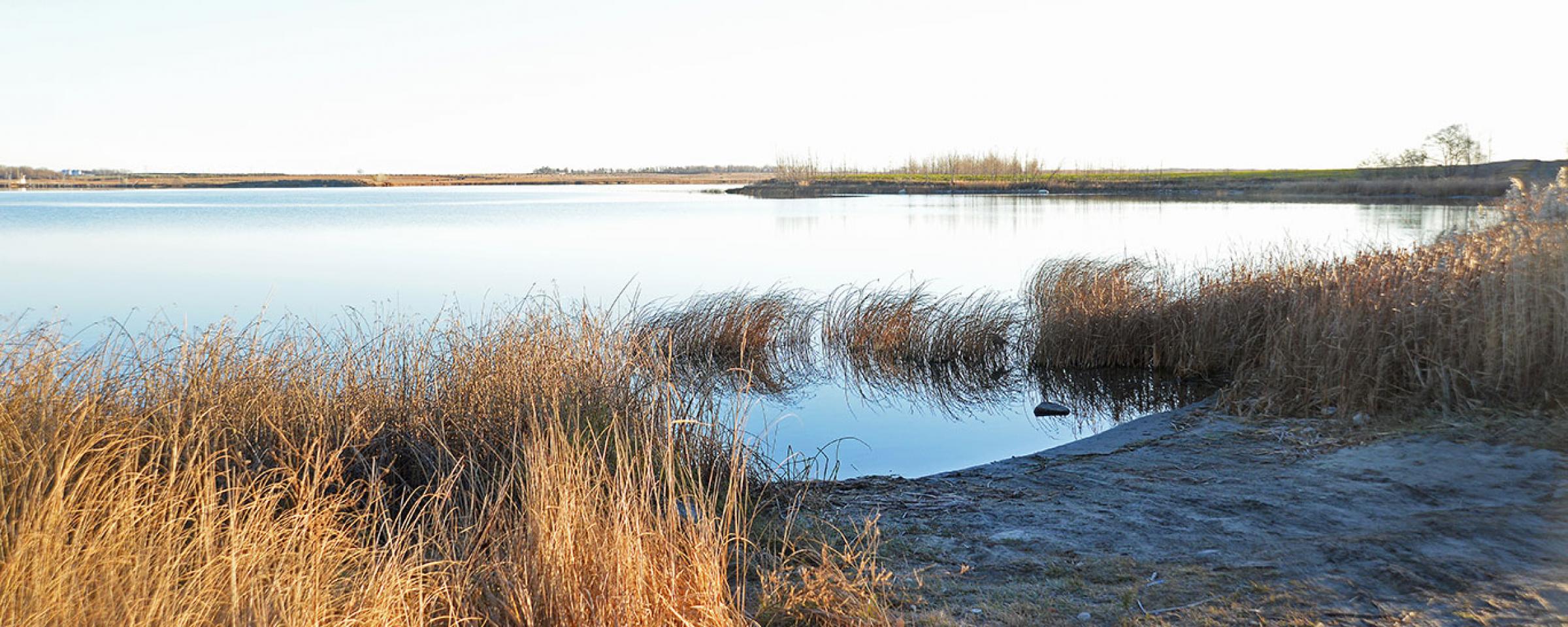
Establishing New Fishing Lakes in North Dakota
If you’re looking for a place to go fishing in North Dakota, there are a few ways to pick a good spot.
You might visit a bait shop to ask where the fish are biting, or maybe needle a fishing report from a friend or neighbor. Many anglers have also relied on the North Dakota Game and Fish Department’s published list of fishing waters over the years for information such as fish species in a lake, or driving directions to a fishery.
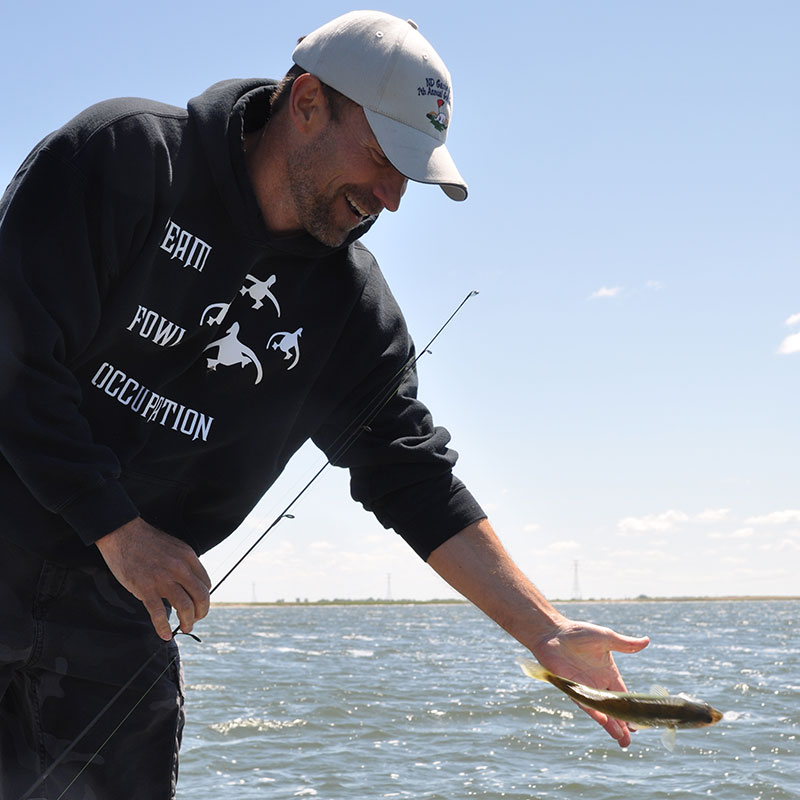
Bruce Kreft, Bismarck, releases a small walleye on Sibley Lake, one of the many newer prairie walleye fisheries in North Dakota.
Some anglers probably remember when the fishing waters list was a stand-alone pamphlet, before it was incorporated into the Department’s North Dakota Fishing Guide. Today, fishing waters are still listed in the fishing guide, published in the March-April issue of North Dakota OUTDOORS and found on the Department’s website.
The online listing provides a more up-to-date format for biologists to describe what the fish population looks like in each lake. With all the new waters in North Dakota that popped up over the two decades or more, Department biologists have received numerous calls inquiring about the process to get fish stocked in a particular lake.
The first step in establishing a new lake is to ensure that the public has access. Wild fish are considered a public resource in North Dakota, and the Game and Fish Department will not stock a lake unless there’s some public benefit from the stocking.
All lakes in the fishing waters list have some form of public access. Some have public lands and park-like access areas, some are accessible from a public right-of-way, such as a section line, while others have easements to cross private land to access the water.
These easements have become pretty standard between the Game and Fish Department and private landowners. Easement terms can be negotiated somewhat, but the standard terms are simple, as landowners agree to allow the public to access the water across their land (the point of access is specified in the easement) in exchange for the Game and Fish Department stocking fish and managing the lake. The length of the easement can also be negotiated from a few years to a maximum of 99 years.
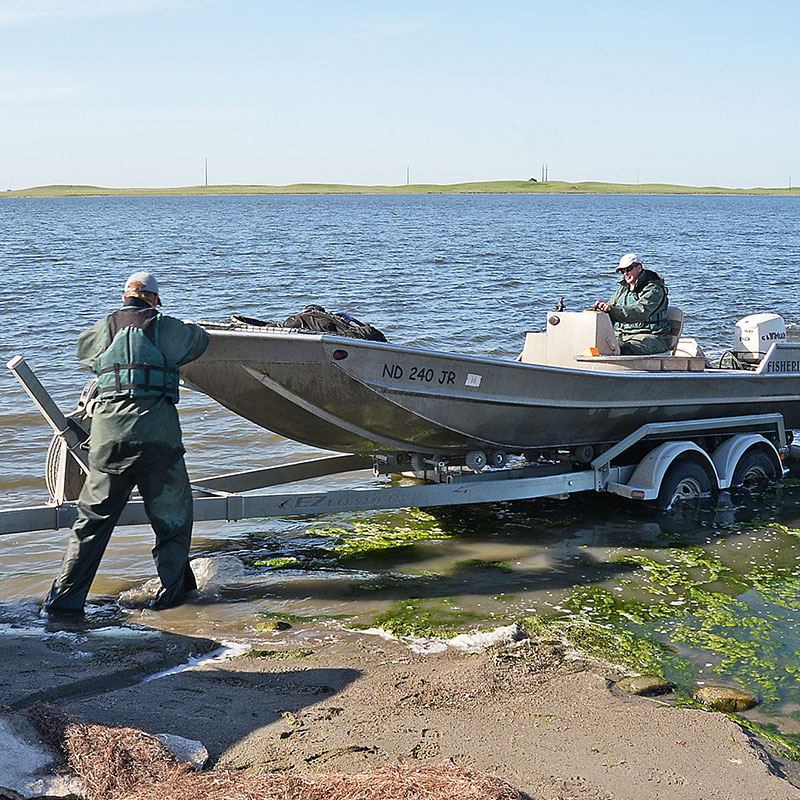
Game and Fish Department fisheries personnel launch a boat from shore on McPhail WMA in Kidder County.
When fisheries managers are asked about stocking a new lake, they want to learn as much as possible about the resource before preparing a formal easement or stocking. Biologists will typically assess the size of the lake and measure depth and oxygen levels to see if it can support fish over winter. In some instances, they may set nets to determine what kind of fish, if any, are already present.
Then, like a farmer planning which crops to plant in the coming year, they use the information gathered to select fish best suited for the lake. For instance, if it’s a small water body, they may choose bluegill and avoid a big predator like northern pike. Or, if the water has no fish, they may stock yellow perch, which can thrive on aquatic insects and amphipods when there are no other fish to compete with. But if the water is already full of fathead minnows, walleye may be the best option for producing quality fishing in a short amount of time because they grow well in that type of environment.
Once fish are selected and stocked, the lake is left alone for a time to let the fish grow to catchable size. Periodic test netting is done to evaluate survival, growth and possible reproduction. When the fish become abundant and large enough for anglers to catch, the lake is added to the fishing waters list for anglers to see.
On many of the newer lakes, the access points are pretty rudimentary at first. Manicured parking areas, toilets or boat ramps on these newer waters across the state requires additional permission from the landowner, and maintenance is usually the responsibility of a local partner, such as a fishing club, park board or similar entity.
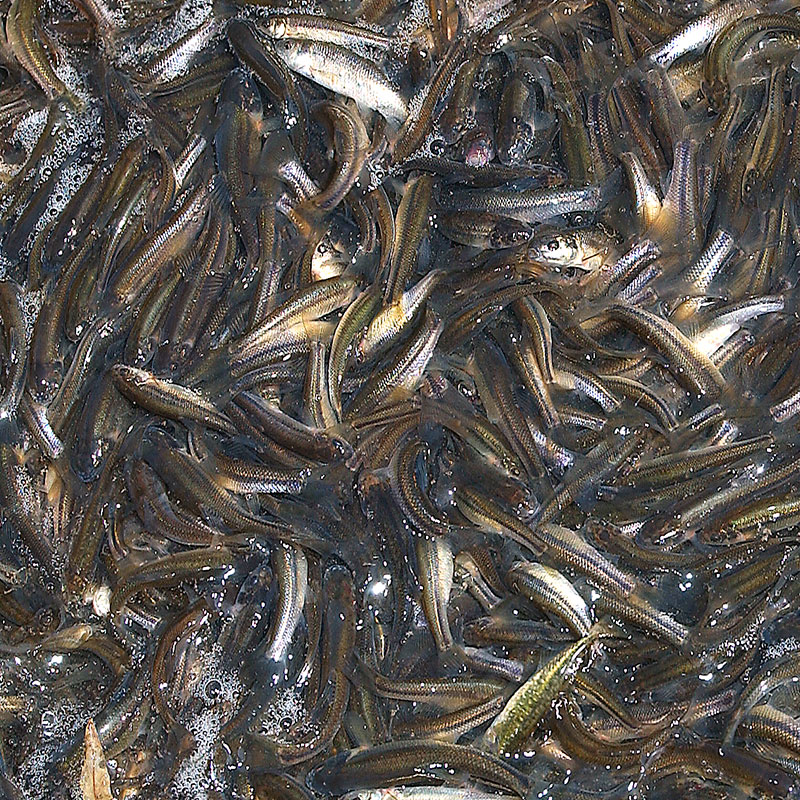
fathead minnows
Given their rural locations, most new lakes will never warrant this kind of infrastructure investment. But some will develop into excellent fisheries, and will be targeted for boat ramps and other amenities as needed.
On the flip side of boat ramps, a number of easements allow for winter access only. While this may disappoint some anglers who only fish from boats, some landowners have legitimate reasons for wanting winter access only – typically in areas where access is through a planted field or a pasture with grazing cattle. Some other lakes that are open in summer, but lack boat ramps, are still accessible to anglers with small boats, canoes, kayaks and other similar watercraft.
So regardless of whether you prefer to fish from a big fiberglass boat or a small “puddle jumper,” whether you like to shore-fish, or if you only ice fish, there are a variety of access types around the state to provide something for just about everyone.
The Game and Fish Department has created many new fisheries because of local desires to get fish stocked in their rural lakes. By cooperating with rural landowners and local sporting groups, our system of landowner easements has successfully provided fishing access for countless anglers over the years.
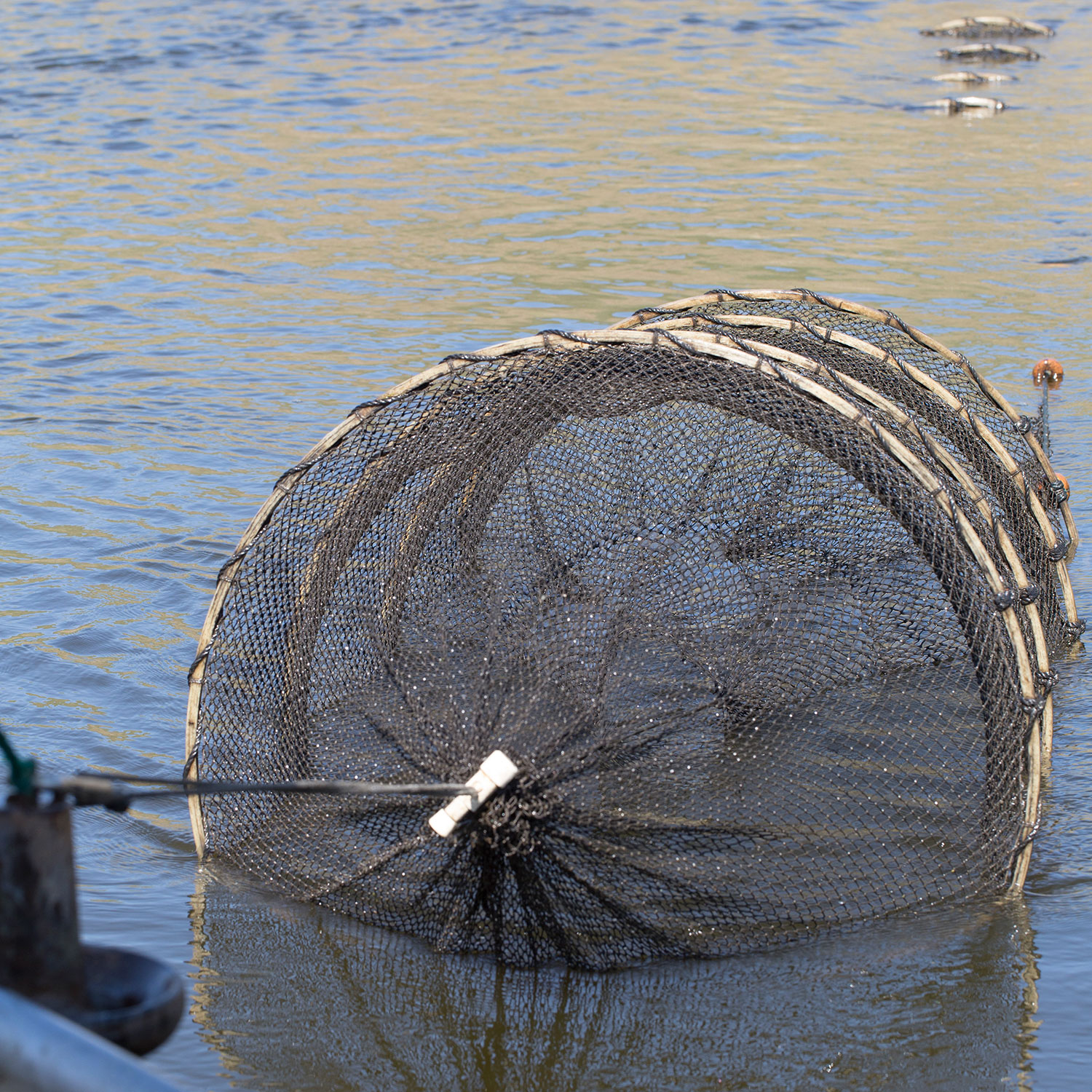
Fisheries managers often set nets in fisheries they’ve been tasked to manage to determine what species of fish are present. If the lake is full of, walleye may be the best option for stocking.
While most lakes are accessed without incident, it’s essential that anglers respect private property to keep these access sites open. Most easements allow for public access to go fishing, but that typically doesn’t allow for camping, hunting or other activities on private land.
One of the most common reasons landowners give for not wanting to provide public access is their concern that irresponsible anglers will leave trash behind. Anglers can help maintain this public relationship with landowners by simply picking up their garbage.
Since most rural lake access sites don’t have trash cans, anglers can create a lot of goodwill (and set a good example for others) by packing out what they packed in, and by picking up what others might have left behind.
It’s also important that anglers respect the private property surrounding lakes by staying on the easement area. This is especially true in summer when crops may be growing nearby. It’s also true in winter when access areas blow shut with snow and anglers are tempted to drive around posted signs across private land to get on the ice.
If the land is posted, this would be considered trespassing. Even if the land isn’t posted, landowners may not tolerate this behavior, especially when the ground begins to soften in spring and vehicle traffic can rut and damage private property.
By simply respecting private property and treating it like their own, anglers can maintain good private landowner relationships for the future of fishing in North Dakota.
